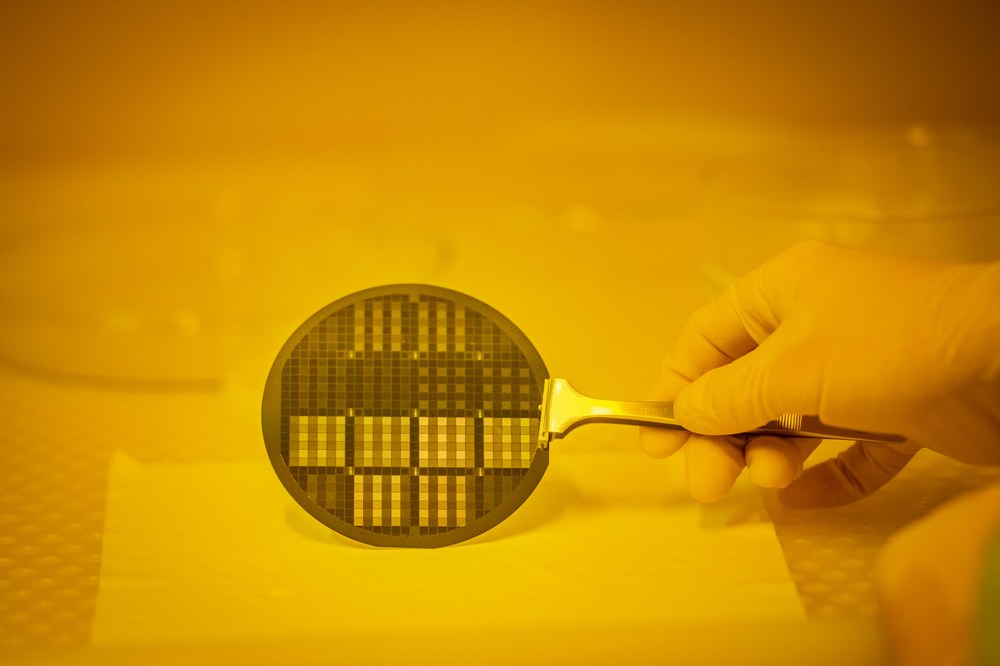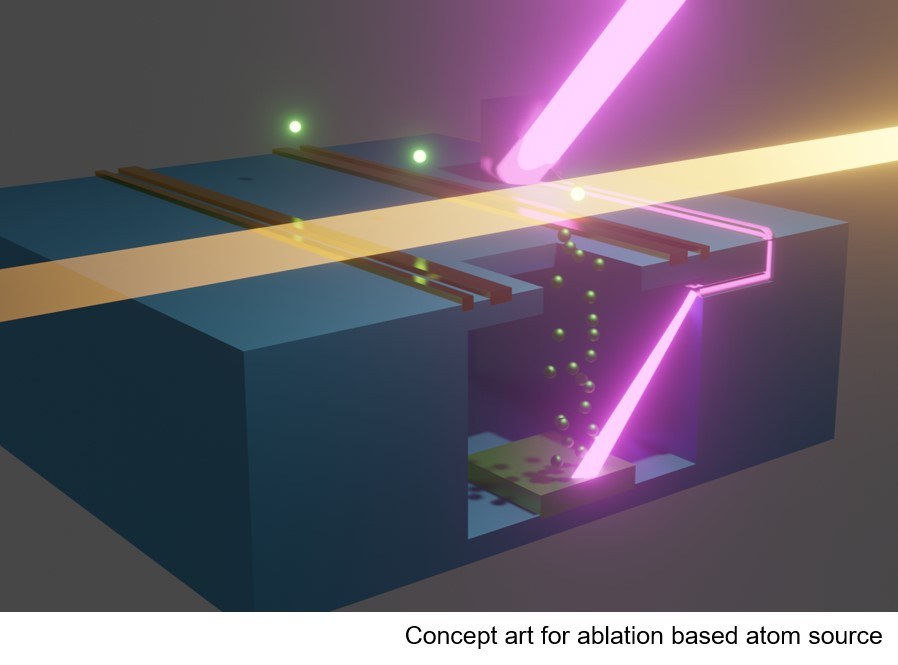TeufiQ
Project duration: 01 January 2023 – 30 December 2026


In order to build miniaturized, scalable ion trap-based quantum computers, numerous technologies must be developed specifically for the requirements. In close cooperation with our partner companies within the DLR Quantum Computer Initiative (QC-I), we are developing solutions for next-generation ion trap-based quantum computers (iQC). These are already considered one of the five most promising technology platforms for quantum computing and are characterized by high fidelities, comparatively high operating temperatures and flexible entanglement possibilities of qubits compared to other platforms. In addition to the extensive laboratory and clean room capacities at the DLR Innovation Center in Hamburg, we have access to a fully equipped clean room at QT's main site in Ulm for the development of these enabling technologies.
Until end of 2026, we will be working with our project partners to advance the development of several independent enabling technologies.
- By integrating microscopic, permanent magnetic structures into iQCs, we facilitate the entanglement of ion qubits within quantum computers and also enable more precise addressing of individual qubits. The SmCo-based micromagnetic structures required for this are produced by us in collaboration with the DLR Institute of Materials Research with the aid of simulation results.
- Interposer technologies have become an integral part of modern microelectronics. They make it possible to realize otherwise unattainable transistor densities and to connect the functional levels of several chips with each other. Within the TeufiQ project, we are developing electrical and optical interposer technologies that are specifically tailored to the needs of ion trap-based quantum computers. With the help of these technologies, we can contribute to the improved scalability of quantum computers.
- Trapped ions are at the heart of an iQC. While the loading of the ion trap is currently mostly carried out by macroscopic atom sources, we are developing fully integrated, miniaturized and modular atom sources. These enable the spatially discrete release of ions on the quantum computer chip, which can lead to improvements in the reliability, scalability and loading time of the quantum computer.
In this project, we are working closely with contractors (Eleqtron, Quodora, Universal Quantum) of QC-I to consider a targeted technology transfer from the very beginning.
